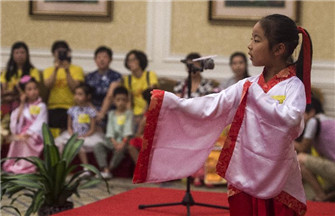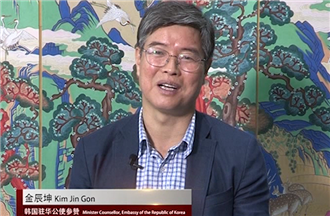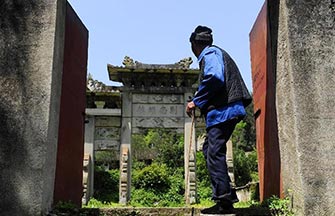Relics go on display to celebrate their return from France
By Wang Kaihao ( China Daily ) Updated: 2015-07-21 07:36:39
 |
|
A woman visits a public exhibition of Chinese cultural relics returned by French private collectors, at Gansu Provincial Museum in Lanzhou, capital of Northwest China's Gansu province, July 20, 2015. [Photo/Xinhua] |
Academics wrestle with history
The Qin Dynasty (221-206 BC), China's first unified imperial dynasty, was built after the Qin State conquered six major vassal states.
However, historians' understanding of the origin of this power was ambiguous for a long time.
An area in what is now southeast Gansu province is in historical records as being where the Qin tribe was first formed.
But academics had conflicting ideas on the birthplace of the Qin rulers' ancestors until the 1980s, due to a lack of important archaeological discoveries to prove the theory.
Wang Hui, head of the Gansu Provincial Institute of Archaeology, said the Dabuzi Hill Relics provided an important clue to solving the historical mystery because they unearthed ancient family tombs, cemeteries and sacrificial sites.
"Although tomb robbery had caused great harm to the relics, we were still able to find a relatively complete city layout," he said.
"It proved to be where the Qin tribe first raised horses, fought against other tribes from the west and gradually expanded to a wider area."
A large set of bronze bells unearthed on Dabuzi Hill in 2006 proved there was a highly developed civilization there. The bells were chosen among China's top 10 archaeological discoveries that year.
An archaeological project is still being carried out in the Dabuzi Hill area.
Wang said the pieces that were found represent typical Qin style, since some are bird-shaped and a bird was the totem of the Qin tribe. They were used as coffin decorations and armor for war horses.
Wang also said gold ornaments that were found were unique to Dabuzi Hill compared with archaeological relics from the same historical period.
"Other vassal states hardly used gold decorations because they originally came to China from Central Asia. ...
"Although the Silk Road is generally considered by academics to have started in the second century BC, interaction between China and other civilizations along that cultural communication route is thus proved to have been much earlier."
|
|
|
|
|
|
|
|






















 Raymond Zhou:
Raymond Zhou: Pauline D Loh:
Pauline D Loh: Hot Pot
Hot Pot Eco China
Eco China China Dream
China Dream China Face
China Face






